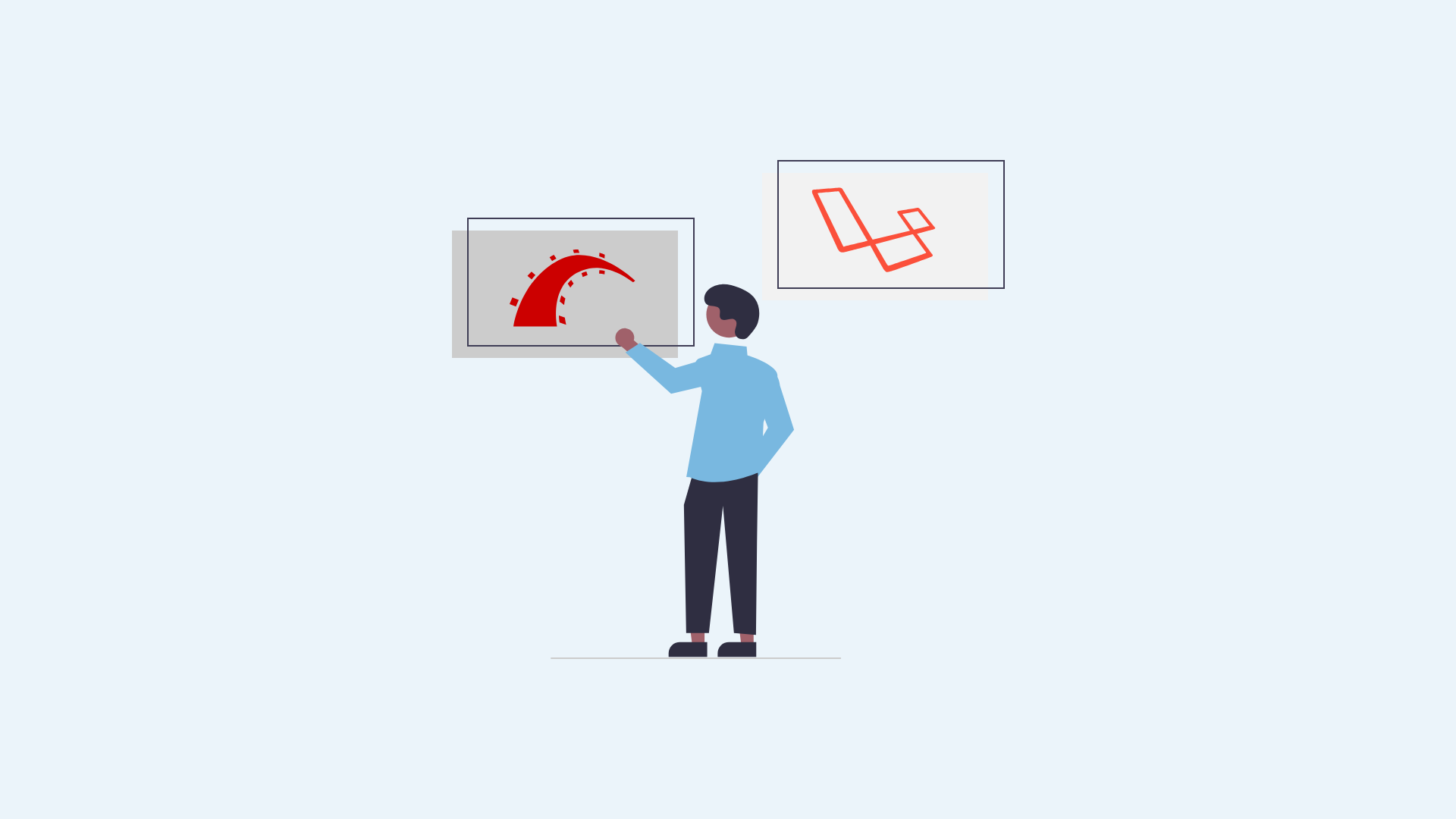
Ruby on Rails vs Laravel: Choosing the Right Framework for Your Web Development Project
3 min read
Choosing the right framework is crucial for the success of your web development project. Ruby on Rails and Laravel are two popular frameworks known for their productivity, robust features, and vibrant communities. In this article, we'll compare Ruby on Rails and Laravel to help you decide which framework is the best fit for your project requirements.
Ruby on Rails Overview
Language: Ruby on Rails is built on the Ruby programming language, known for its simplicity and developer-friendliness.
Convention over Configuration: Rails follows the principle of convention over configuration, reducing the need for manual setup and configuration.
Productivity: Rails emphasizes developer productivity with built-in conventions, scaffolding tools, and a rich ecosystem of gems.
Maturity and Stability: Ruby on Rails has been around since 2005 and has a mature and stable codebase, with regular updates and improvements.
Laravel Overview
Language: Laravel is built on the PHP programming language, one of the most widely used languages for web development.
Expressive Syntax: Laravel features an expressive and elegant syntax, making it easy to write clean and readable code.
Modularity: Laravel is modular and follows modern PHP principles, allowing developers to build scalable and maintainable applications.
Ecosystem: Laravel has a vibrant ecosystem of packages, known as "Laravel Forge," that extend its functionality and simplify common development tasks.
Feature Comparison
Routing: Both frameworks provide powerful routing systems for defining application routes and handling HTTP requests.
Database Integration: Ruby on Rails comes with ActiveRecord, an ORM (Object-Relational Mapping) framework for interacting with databases. Laravel offers Eloquent ORM for database management and querying.
Template Engines: Ruby on Rails uses ERB (Embedded Ruby) as its default template engine, while Laravel uses Blade, a powerful and intuitive templating engine.
Authentication and Authorization: Both frameworks offer built-in solutions for user authentication and authorization, making it easy to implement secure authentication systems.
Community and Documentation: Ruby on Rails and Laravel have large and active communities, providing extensive documentation, tutorials, and support resources for developers.
Use Cases
Ruby on Rails: Ideal for rapid prototyping, startups, and projects where developer productivity is paramount. Well-suited for building web applications with complex business logic.
Laravel: Well-suited for building scalable web applications, RESTful APIs, and microservices. Suitable for projects that require extensive customization and flexibility.
Conclusion
Choosing between Ruby on Rails and Laravel depends on various factors, including your project requirements, team expertise, and development preferences. Ruby on Rails excels in developer productivity and rapid prototyping, while Laravel offers scalability and flexibility. By considering the features, strengths, and use cases outlined in this article, you can make an informed decision and choose the framework that best aligns with your project goals.
Please feel free to reach out to us if you have any questions or require a customized business solution.
 Back
Back
